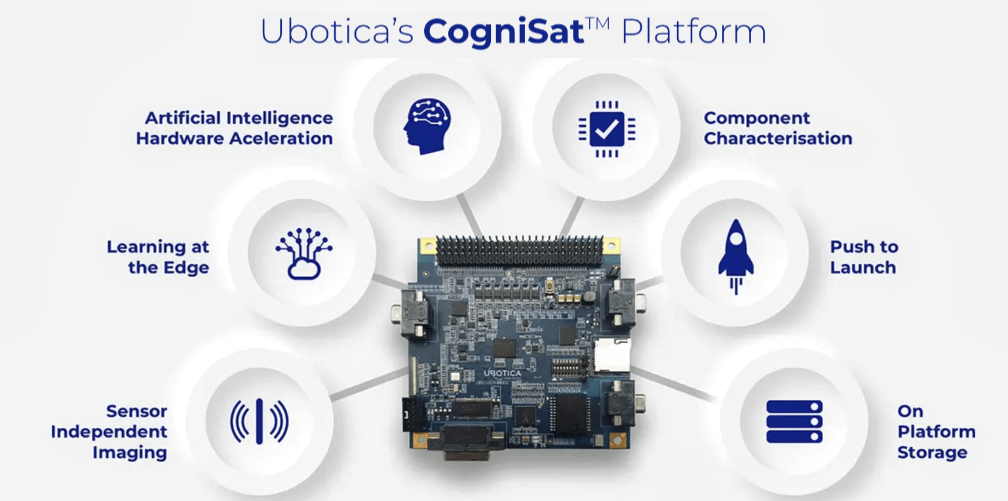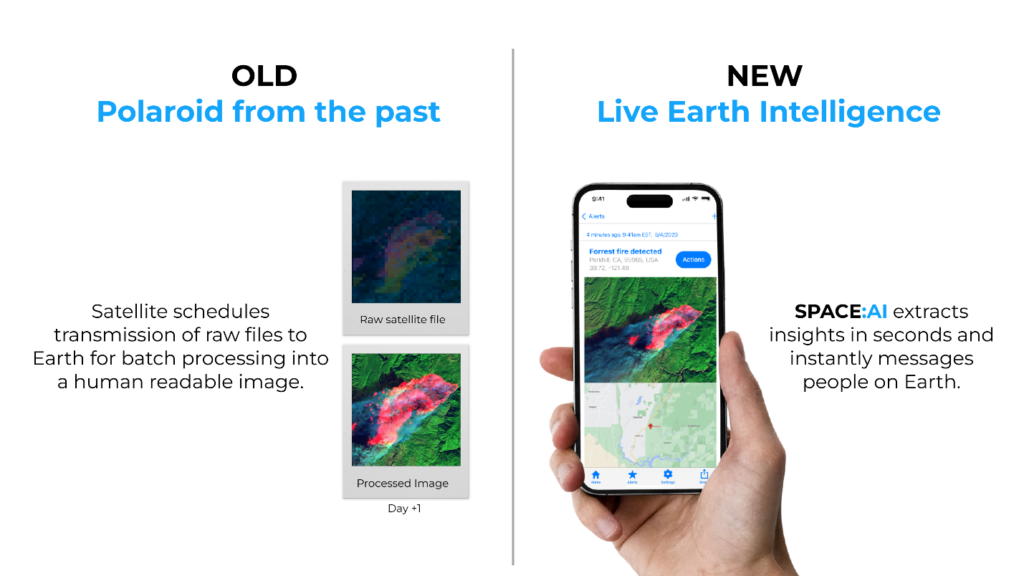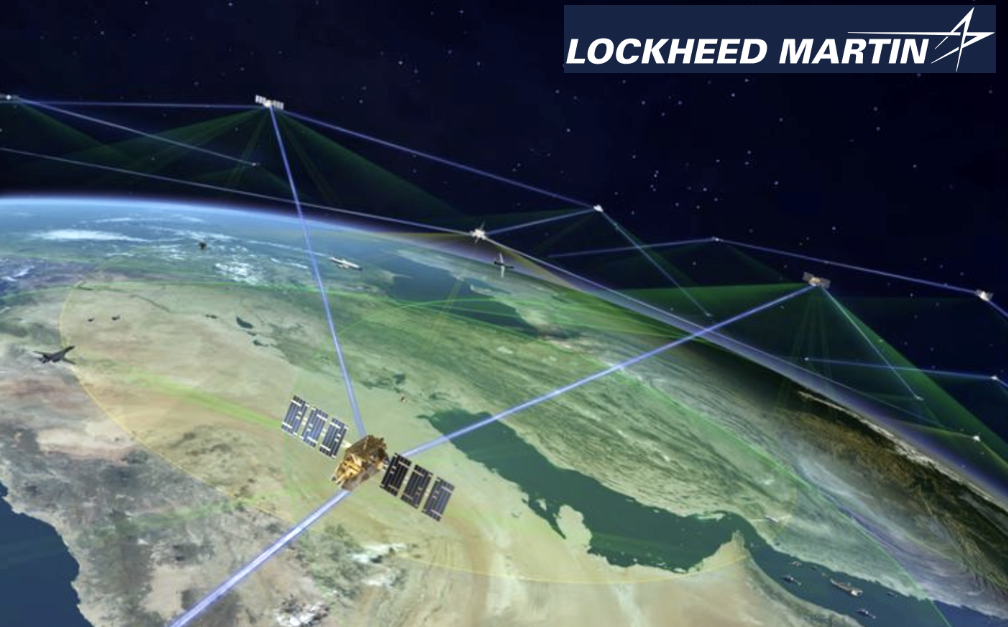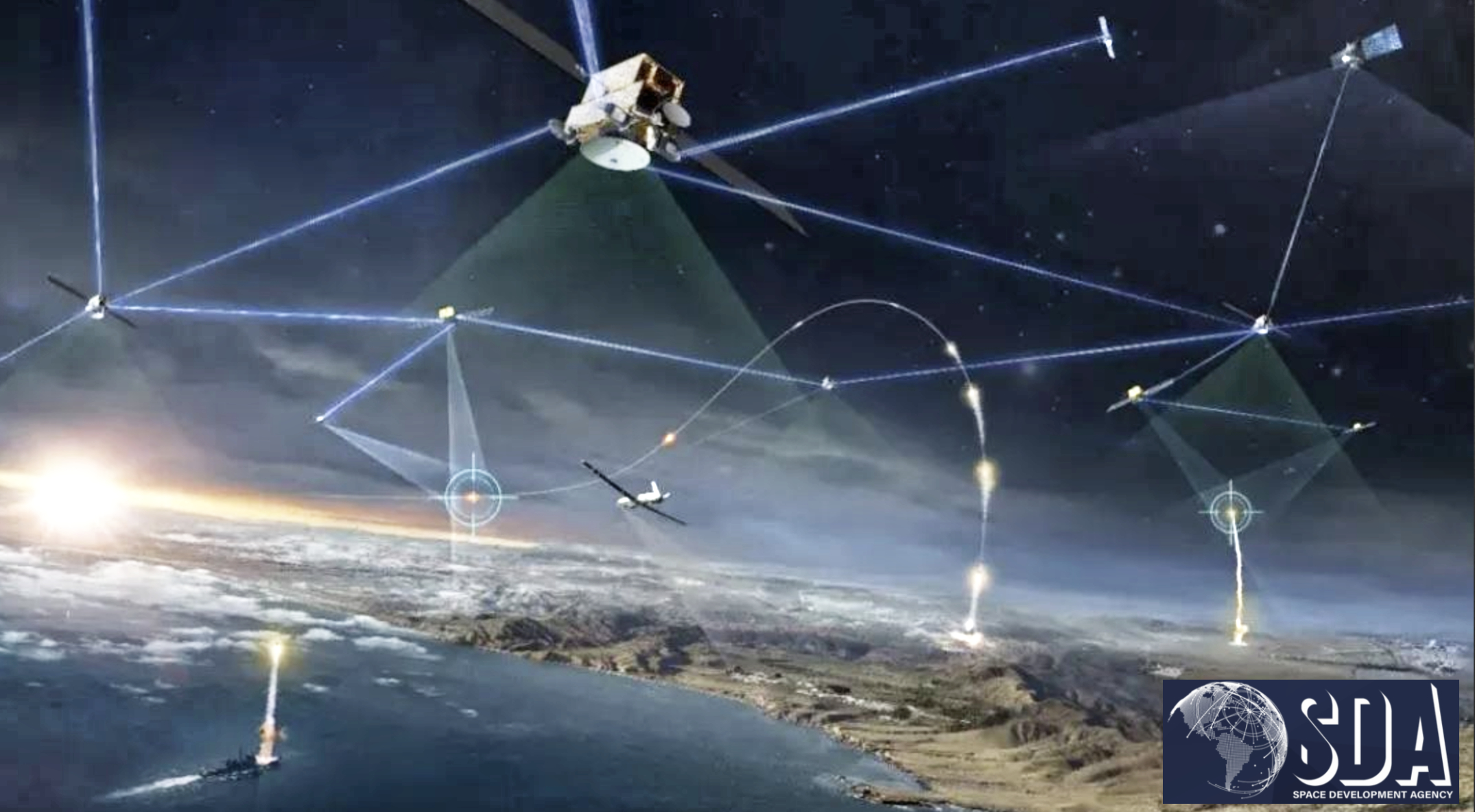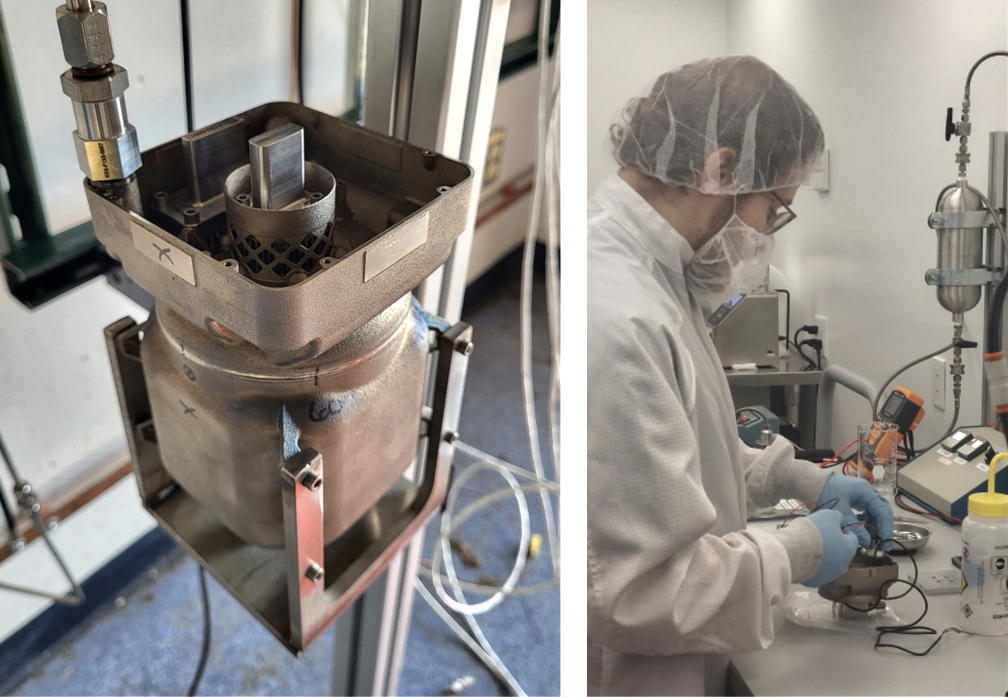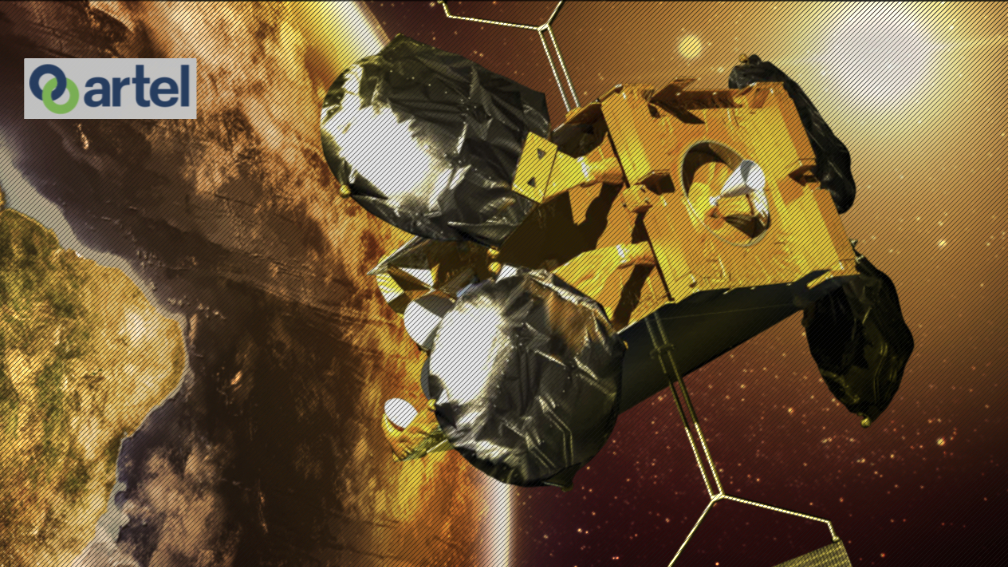
Artel LLC a provider of secure network communication services to U.S. government agencies, has been awarded a Commercial Satellite Communications Proliferated Low Earth Orbit (p-LEO) contract from the U.S. Space Force (USSF) and is partnering with Rivada Space Networks to provide the nexgen network critical to support U.S. Government (USF) comms.

Artel is a carrier-agnostic network integrator that allows the company to develop customized solutions for customers, providing cost-effective, on-time delivery of global terrestrial and satellite network communication services, cyber security, risk management, and information technology solutions.
Artel is already using 1stGen LEO constellations to deliver secure communications for government communications and the company will now work with Rivada Space Networks to ensure the latest innovation in secure space architecture is available for mission critical connectivity on a global scale.
Rivada’s global, low-latency, point-to-point connectivity network of 600 LEO satellites, the “OuterNET,” is a unique architecture that combines inter-satellite laser links with advanced onboard processing that provides unique routing and switching capabilities to create an optical mesh network in space. This approach to “orbital networking,” wherein data stays in space from origin to destination, creates an ultra-secure satellite network with pole-to-pole coverage, offering end-to-end latencies much lower than terrestrial fiber over similar long distances.
By routing traffic on a physically separated network, a layer of defense is provided for any organization that needs to securely share data over a large distribution of site. Together, it provides unique solutions for Government Services operations. The first satellite launch is set for 2025, with global service starting in 2026.
“We are committed to delivering state-of-the-art technology solutions to the US Government. The Rivada constellation brings a new level of security, performance and global reach that will enable our customers to not only expand their current networks but also address new market opportunities. We are excited to partner with Rivada to provide the next generation of secure connectivity.” — Ed Spitler, Head of Satcoms Programs, Artel
“We are delighted to be working with Artel and honored to be one of a limited number of LEO solutions trusted to provide solutions to the USSF. By allowing satellites to go beyond their traditional role of “gap-filler,” and unlike other limited LEO systems which bridge the last mile between the satellite and the nearest gateway, Rivada’s OuterNET is a fully inter-connected space network which will become the technology of choice for secure data communications. Rivada’s OuterNET will solve essential connectivity and security challenges for government communications globally.” — Declan Ganley, CEO, Rivada Space Networks

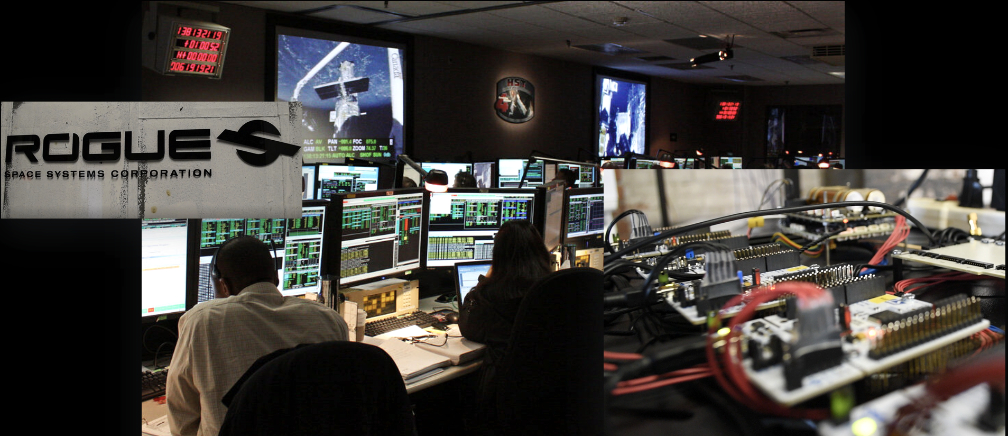

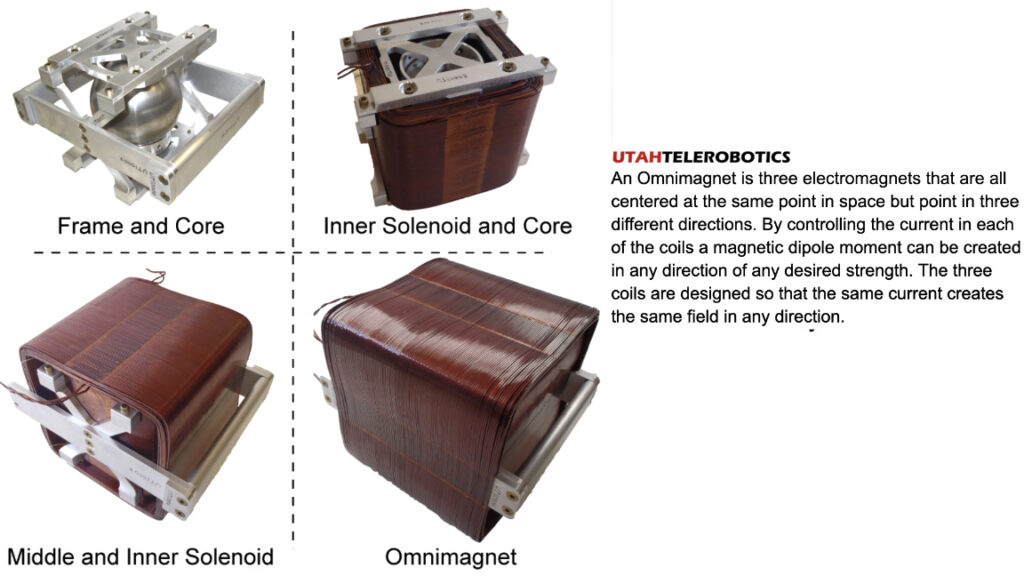








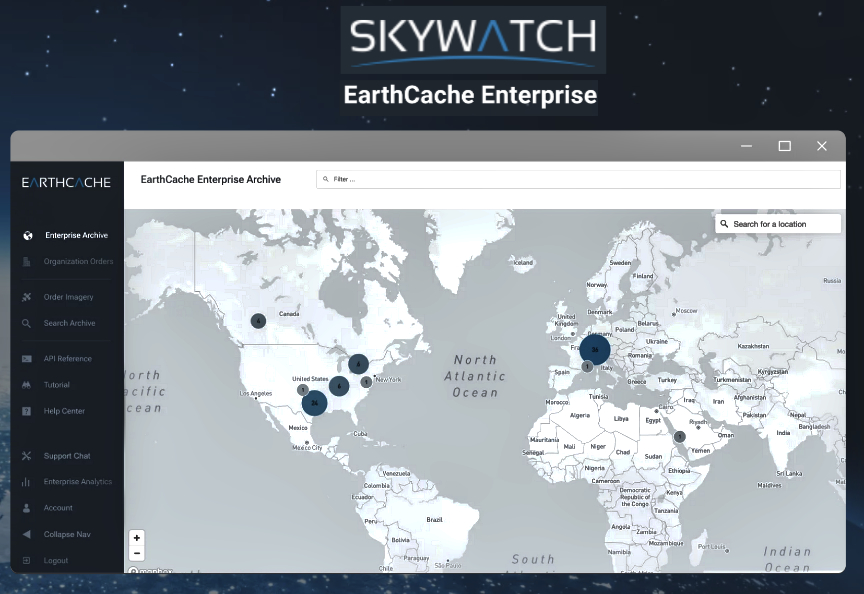
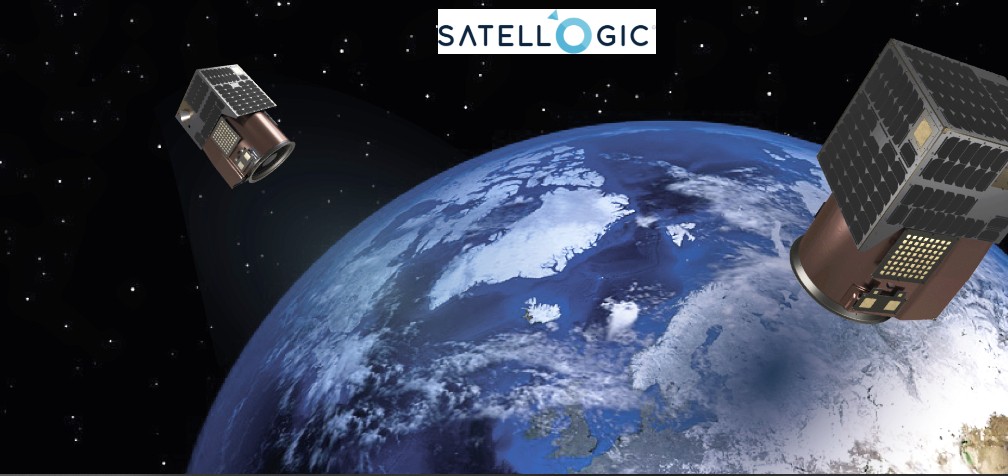

 product that introduces flexible spectrum collection options — customers can use RFIQ unprocessed in-phase and quadrature (I/Q) data to analyze signal characteristics or survey RF activity over large regions of the Earth.
product that introduces flexible spectrum collection options — customers can use RFIQ unprocessed in-phase and quadrature (I/Q) data to analyze signal characteristics or survey RF activity over large regions of the Earth.
